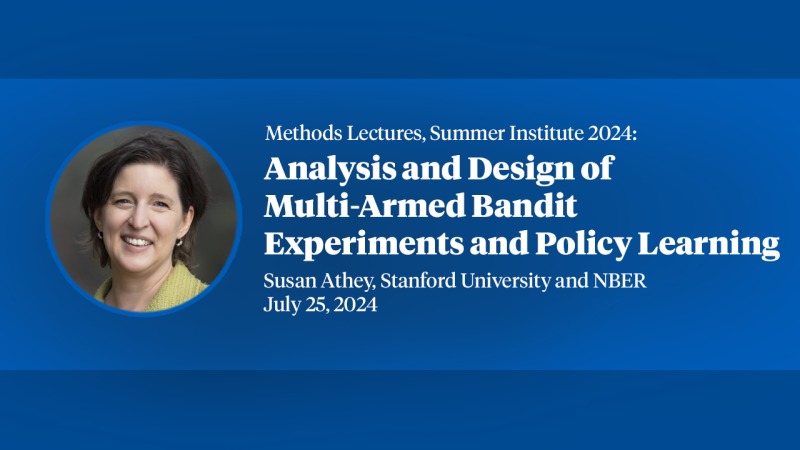Health Shocks and Disability Transitions Among Near-elderly Workers
Between the ages of 50 and 64, seven percent of full-time workers will have a major adverse health event, such as a heart attack, a stroke, or a new onset of cancer. Evidence shows clearly that the labor force response to health shocks differs systematically across groups. Relative to the 12 percent of full-time workers overall who apply for or receive disability insurance (DI) within four years after a health shock, the share is 27 percent among those with less than a high school degree. For blacks, the application or receipt rate is 21 percent. We analyze these issues empirically using 1994-2008 data from the Health and Retirement Study (HRS). Our paper first presents a simple model of the response to an adverse health shock, emphasizing the importance of health capital and labor supply theories of disability application decisions. We then test the implications of these models regarding differences across demographic groups and the importance of health and labor supply variables as determinants of the DI application decisions. In a sample of older workers, after controlling for the onset of a new major health shock, demographic differences diminish only slightly, but they disappear after controlling further for labor market variables. Among the subset of workers who experience a health shock, we find further evidence that the nature of the health shock and prior health status matters a great deal for the DI application decision, as do labor market related variables. A rich model of health and labor supply factors explains 40 to 60 percent of the variation in DI application. However, health and labor supply variables in our models cannot explain large differences in DI application by education and race.


